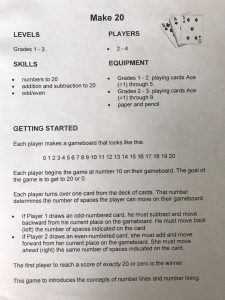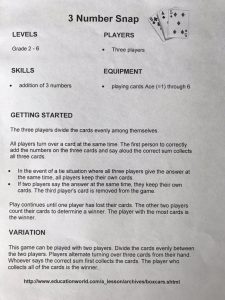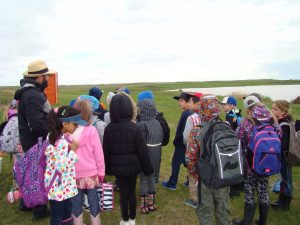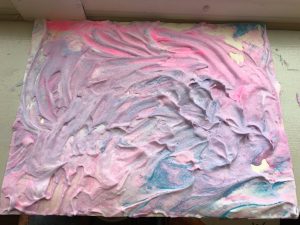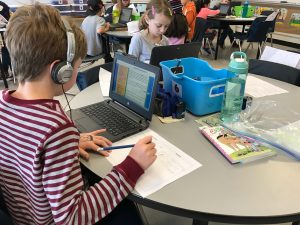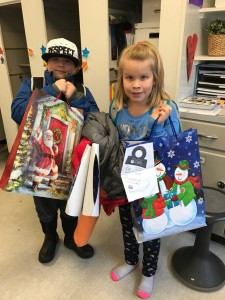Have you ever wondered what’s actually in the ground under our feet? In science, we have been studying soil and investigating what makes up soil, different kinds of soil and what the connection between plants and soil and soil and animals really is!
We have been getting our hands real dirty as we have explored soil samples taken from some mystery places. We used our senses to describe the colour, texture and particles we found in soil. In doing this, we found that soil is made up of organic and inorganic parts! Organic parts are the components of soil that are, or were living, while the inorganic stuff has never been living, like rocks or sand for example.
Through some books we read from our school library, we found that the ground under us has different layers. The deepest layer is the bedrock layer, made up of mostly rock and clay. Next comes the subsoil layer and the topsoil layer. Roots from plants and trees reach into these layers. Finally on the top, is the humus, the layer with the most organic material in it!
To find out exactly what was in our three mystery soil samples, we added them to a jar of water and let them sit for three days. Over the three days, our soil samples settled and the heavier parts of the soil (clay, rock, sand) sunk to the bottom of the jar, while the lighter parts of the soil (the organic parts) floated to the top! It was neat to see how each sample was so different! One sample had mostly heavy parts that sunk, while another sample had mostly light parts that all floated to the top! One sample had a good mix of both heavy and lightweight parts so some of it sank and some of it floated. We discovered that soil that has an equal mixof these components is called loams, and is actually the best growing soil for plants! The heavy parts help hold in water, but the lighter parts help give nutrients and allow there to be air in the soil!
Did you know that soil is important for helping plants get all the nutrients they need to grow? This is important for us as humans since so much of our food comes from plants! Many animals also use soil to protect themselves, and for their homes. Soil is important and we must do our part to keep it clean from litter and chemicals!

